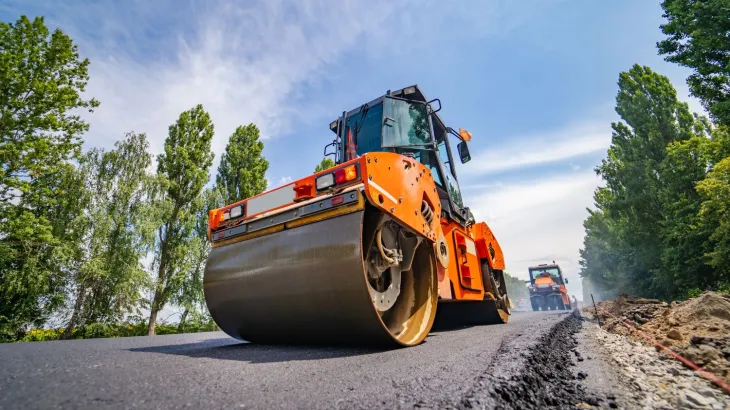ASPHALT
An Innovative Asphalt Solutions Portfolio
Leveraging the latest processing technology, Lafarge develops innovative asphalt solutions that maximize recycled material use without compromising durability and performance.
High-performance, responsible asphalt solutions
With sustainability at the forefront, we cater to the rising demand for eco-conscious construction. We are more than just an asphalt supplier; we're your forward-thinking partner, dedicated to both meeting your needs and advancing the sustainability of the construction industry.
Building on decades of experience, Lafarge has the asphalt expertise to undertake the most demanding projects and diverse applications successfully. Our ongoing commitment to R&D guarantees high levels of performance, durability and material efficiency, and unique characteristics such as ensuring superior performance in different climates.









